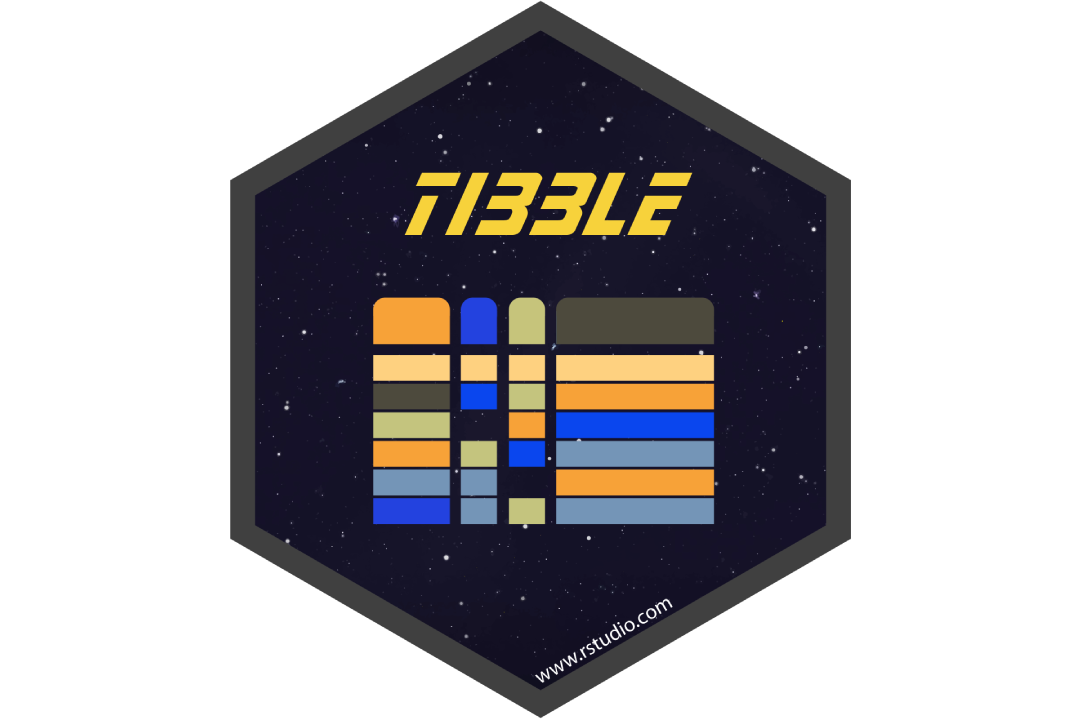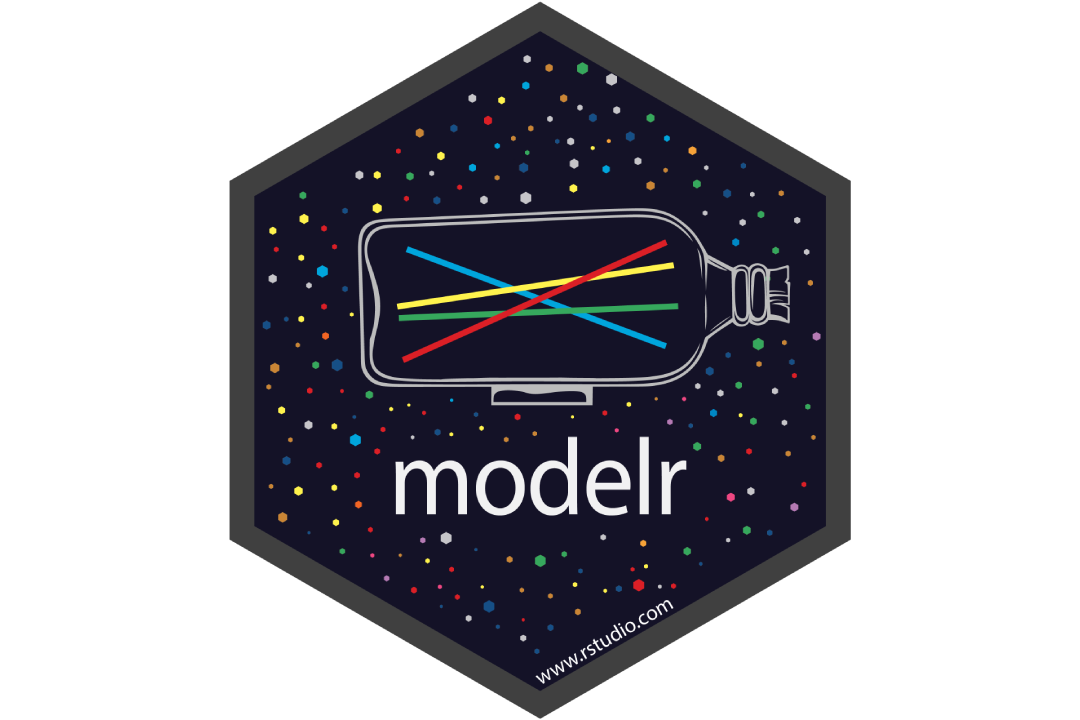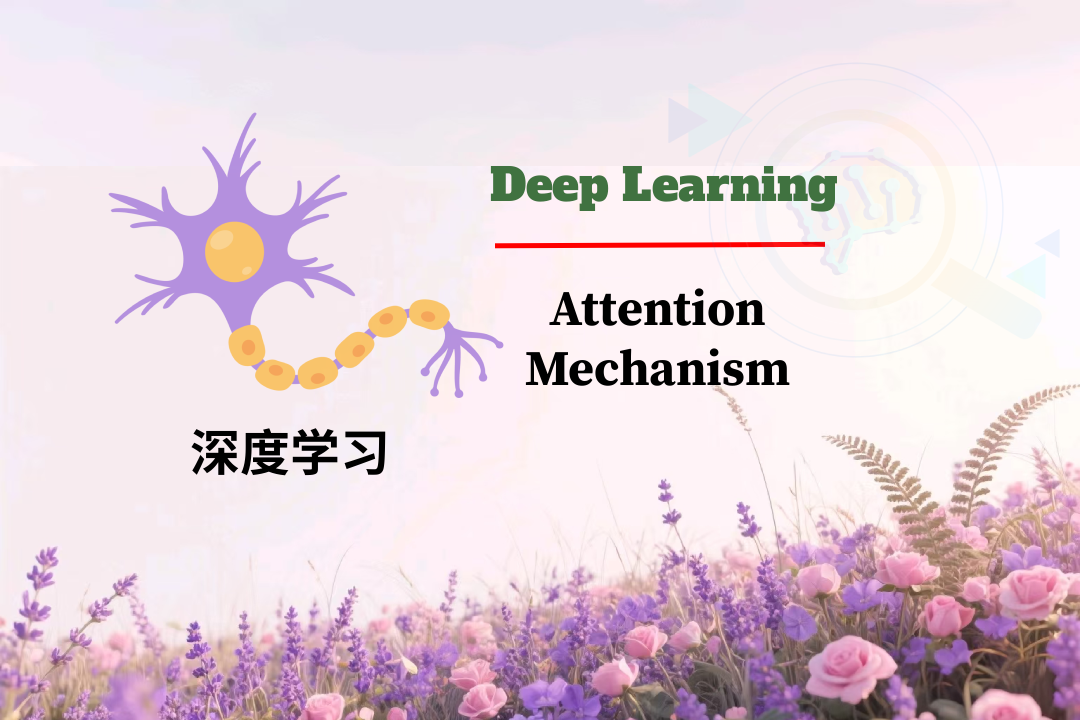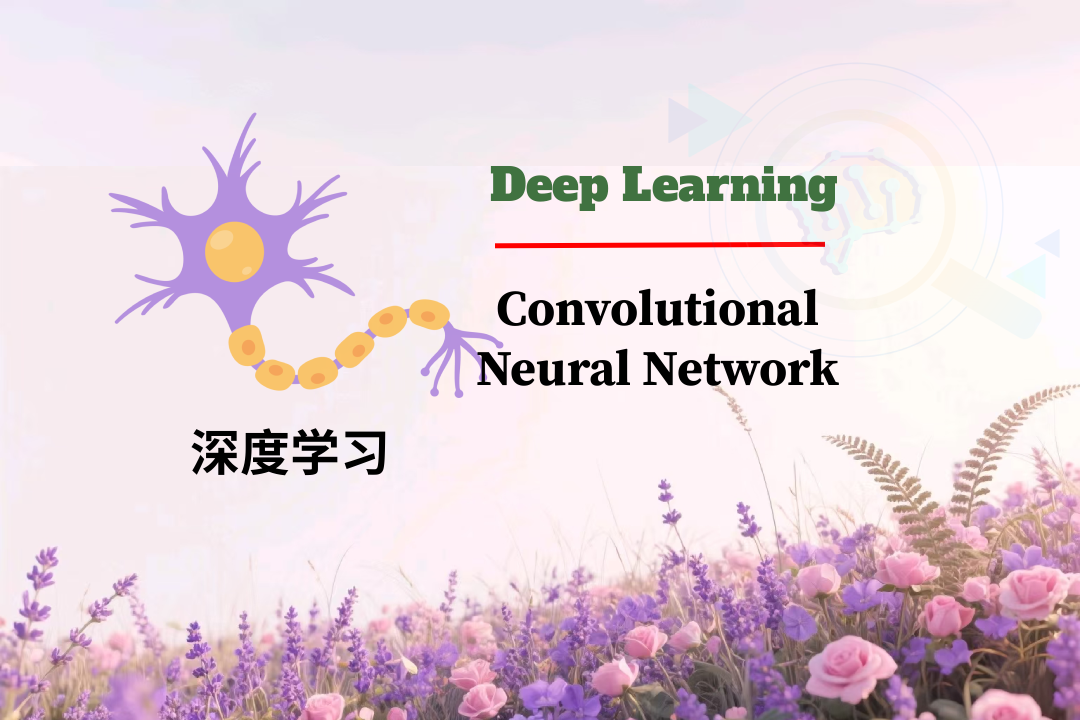purrr : A functional programming(FP) toolkit for R
Apply Functions
map(.x, .f, ...) Apply a function to each element of a list or vector
map2(.x,.y,.f,…) Apply a function to pairs of elements from two lists
pmap(.x, .f, ...) Apply a function to groups of elements from list of lists
imap(.x, .f, ...) Apply a function to each element of a vector, and its index
invoke_map(.f, .x = list(NULL) ) 调用不同的函数
walk(.x, .f), walk2(), pwalk() 并行处理
map_if(.x, .p, .f, ...) map_at(.x, .at, .f, ...) 其他系列同map
Parameters:
.f: a function, formula, or atomic vector
…: 其他参数(.x为没有被...指定的第一个参数)
.f 参数:
function:
as.character %>% map(iris)formula:
~ .xbecomesfunction(x)
map(l, ~ 2 +.x)
~ .x .ybecomesfunction(.x, .y), e.g.
character:
map(x,"y")becomesx[["y"]]
map(x,c("a","b"))becomesx[["a"]][["b"]]
integer:
map(x,2)becomesx[[2]]
Output
| function | returns |
|---|---|
| map | list |
| map_chr | character vector |
| map_dbl | double (numeric) vector |
| map_df | data frame(auto) |
| map_dfc | data frame (column bind) |
| map_dfr | data frame (row bind) |
| map_int | integer vector |
| map_lgl | logical vector |
| walk | 返回指定的类型 |
map2, pmap, imap, invoke_map 系列函数同map
Examples:
1:10 %>% |
Work with Lists
| filter lists | 说明 |
|---|---|
| pluck(.x, …, .default=NULL) | 按名字或者索引筛选x, pluck(x,"b") |
| keep(.x, .p, …) discard(.x, .p, …) |
逻辑值筛选keep(x, is.na)keep的否定结果 discard(x, is.na) |
| compact(.x, .p = identity) | 删除空元素 |
| head_while(.x, .p, …) tail_while |
找到所有头部/尾部满足匹配的值 |
| logic | 说明 |
|---|---|
| every(.x, .p, …) some(.x, .p, …) |
列表中的每一个/某些元素是否满足要求(返回一个FALSE/TRUE)mtcars %>% some(is_numeric) |
| has_element(.x, .y) | 列表包含一个元素has_element(x, "foo") |
| detect(.x, .f, …, .right=FALSE,.p) detect_index(.x, .f, …, .right= FALSE, .p) |
返回第一个判断为TRUE的元素detect(x, is.character)返回索引 |
| vec_depth(x) | Return depth(number of levels of indexes) |
| reshape lists | 说明 |
|---|---|
| flatten(.x) | 将列表降低一个维度 |
| flatten_lgl(), flatten_int(), flatten_dbl(), flatten_chr() flatten_df,flatten_dfr(),flatten_dfc() |
返回向量 返回data.frame |
| transpose(.list, .names = NULL) | 转置一个列表 |
| simplify(.x, .type = NULL) | 列表强制成向量 |
| simplify_all(.x, .type = NULL) |
| combine | 说明 |
|---|---|
| append(x, values, afer =length(x)) | 末尾追加append(x, list(d = 1)) |
| prepend(x, values, before =1) | 起始追加prepend(x, list(d = 1)) |
| splice(…) | 合并到一个列表 |
Reduce Lists
| 递归 | 说明 |
|---|---|
| reduce(.x,.f,…init) | 将.x的子元素递归,返回单个值.x列表或原子矢量,init开始积累的第一个值 |
| reduce_right(.x,.f,…init) | 从右往左递归 |
| reduce2(.x, .y, .f, …, .init) reduce2_right(.x, .y, .f, …, .init) |
三参数递归 |
| accumulate(.x, .f, …, .init) | 将.x的子元素递归,返回中间值 |
| accumulate_right(.x, .f, …, .init) | 从右往左递归 |
list(data1,data2,data3) %>% |
Debug
| 调试 | 说明 |
|---|---|
safely(.f, otherwise = NULL, quiet = TRUE) |
return list of results and errors |
quietly(.f) |
return list of results, output, messages, warnings. |
possibly(.f, otherwise, quiet = TRUE) |
continue with default value (instead of error) and return list of results,error |
base::stop(message) |
stop and return message |
base::stopifnot(logit1,logit2,logit3…) |
检查每个参数为TRUE,否则停止执行当前表达式返回message |
Work with Tibbles
Nested Data
tidyr::nest(data, ..., .key = data)
For grouped data, moves groups into cells as data frames.
n_iris <- iris %>% group_by(Species) %>% nest() |
tidyr::unnest(data, ..., .drop = NA, .id=NULL, .sep=NULL)
Unnests a nested data frame.
n_iris %>% unnest() |
List Column Workflow
# step 1 Make a list column |












